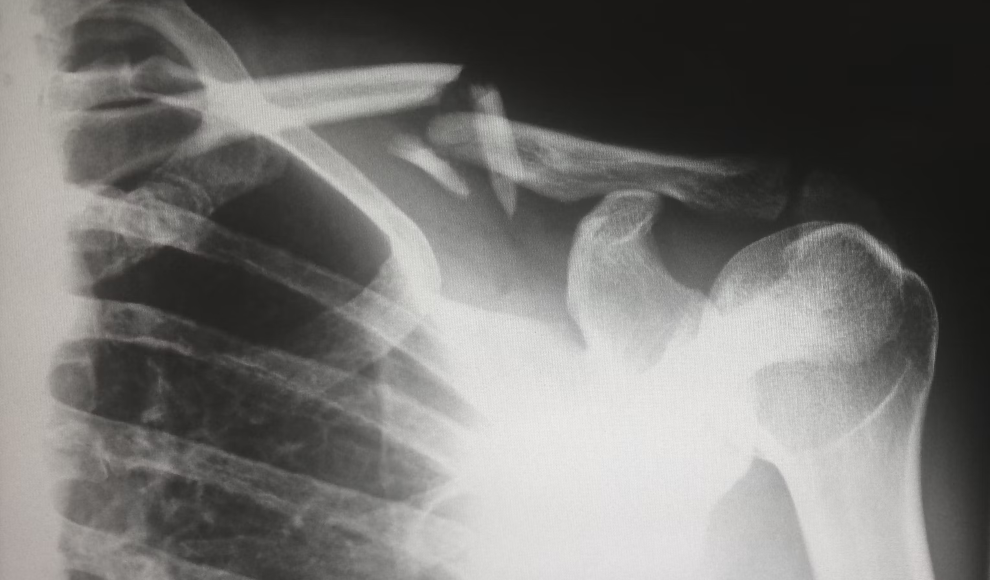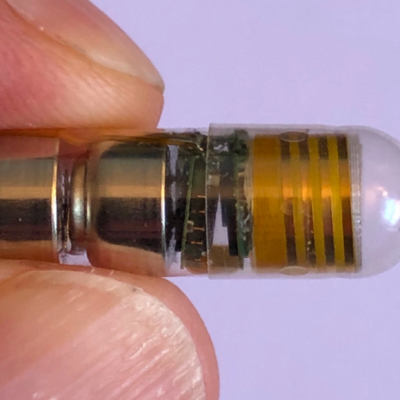In a groundbreaking study, researchers from the University of Maastricht and the Mayo Clinic have developed a new method for healing bone injuries using synthetic mRNA molecules. The molecules trigger the production of the bone morphogenetic protein 2 (BMP2) directly in bone cells, leading to faster healing of bone injuries. BMP2 has been shown to significantly influence the healing of bone cells, but the recombinant versions of the protein introduced in medicine have not been effective. Additionally, the production of such drugs is costly due to the large amounts of protein required to achieve the desired effect.
The new method developed by the researchers involves using synthetic mRNA molecules to trigger the production of BMP2 in the patient’s body, rather than externally through medication. However, mRNA molecules are quickly broken down by enzymes in the body, so the researchers chemically modified the molecules to protect them from degradation. In a preclinical study on rats, the researchers observed that the bone cells absorbed the modified mRNA molecules and began producing BMP2, leading to the formation of a new stable bone bridge in just four weeks.
While the results are promising, further animal studies are needed to ensure the safety of the method before it can be tested on humans. The researchers also plan to investigate the potential risk of tumor formation from BMP2. However, they have not found any evidence that the modified mRNA molecules are taken up by cells outside of the bone and promote cancer growth. This new method has the potential to significantly improve the healing of bone injuries and reduce the cost of treatment.
In conclusion, the researchers have developed a new method for healing bone injuries using synthetic mRNA molecules that trigger the production of BMP2 directly in bone cells. The method has shown promising results in preclinical studies, but further animal studies are needed to ensure its safety before it can be tested on humans. The new method has the potential to significantly improve the healing of bone injuries and reduce the cost of treatment.










